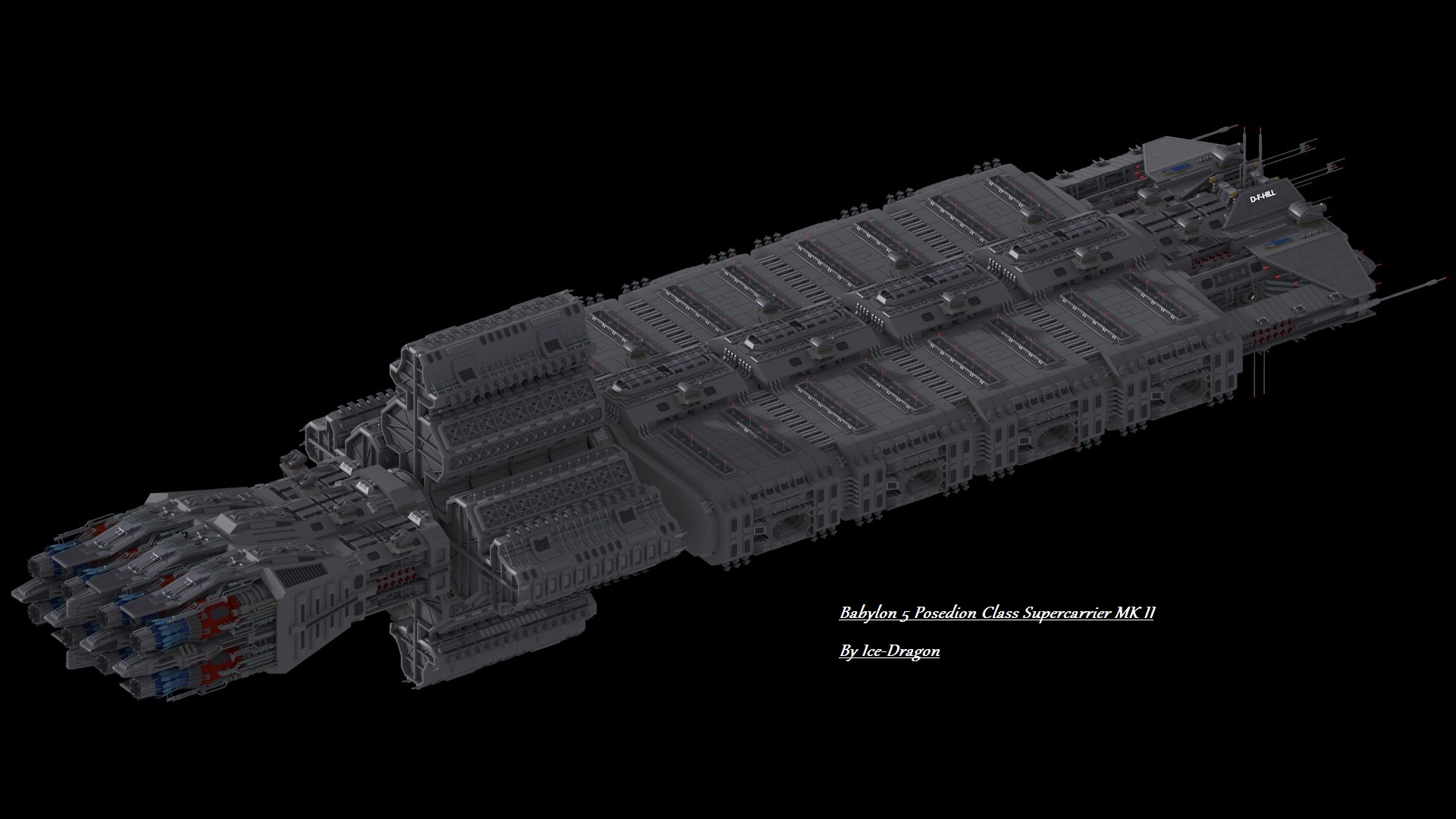I'm not a TNG guy, but unlike many other ships in Star Trek, it WAS designed.  (That's what happens when you don't fire the people who actually know how big the ships are.) (Well, you don't fire them until the end of the first season anyway?)
(That's what happens when you don't fire the people who actually know how big the ships are.) (Well, you don't fire them until the end of the first season anyway?)
As I'm sure folk have mentioned this was SUPPOSED to be the only place all of these people could go for years at a time (not counting strange new worlds that they encountered). To say nothing of the only scientific, medical, and *ahem* combat equipment they would have had on hand.
For the latest version of the Constitution class? Yeah, it's oversized. But boy I'd rather be stuck on the other side of the Delta quadrant in one of these babies than an Intrepid class.
 (That's what happens when you don't fire the people who actually know how big the ships are.) (Well, you don't fire them until the end of the first season anyway?)
(That's what happens when you don't fire the people who actually know how big the ships are.) (Well, you don't fire them until the end of the first season anyway?)As I'm sure folk have mentioned this was SUPPOSED to be the only place all of these people could go for years at a time (not counting strange new worlds that they encountered). To say nothing of the only scientific, medical, and *ahem* combat equipment they would have had on hand.
For the latest version of the Constitution class? Yeah, it's oversized. But boy I'd rather be stuck on the other side of the Delta quadrant in one of these babies than an Intrepid class.

 :
:


